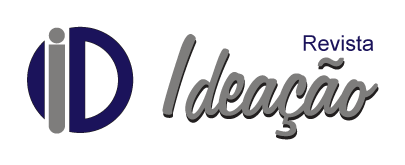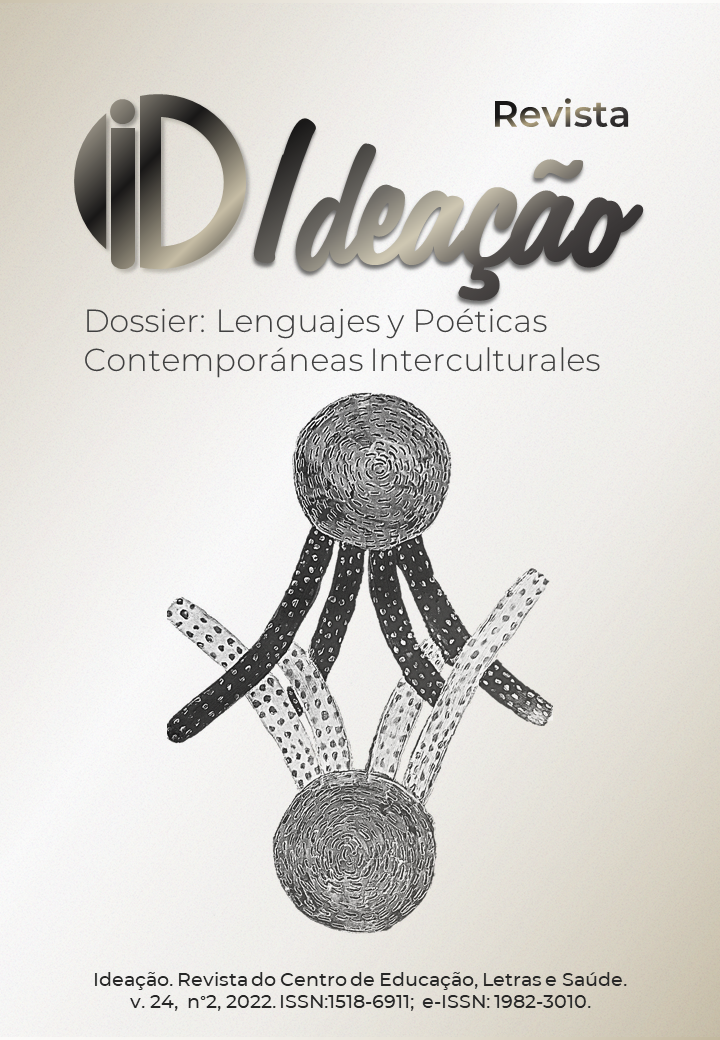PELO, RESISTENCIA Y RESIGNIFICACIÓN
COMPARACIÓN ENTRE EL CUENTO “METAMORFOSIS” Y LA PELÍCULA “FELICIDAD POR UN HILO”
DOI:
https://doi.org/10.48075/ri.v24i2.29095Palabras clave:
Cabelo crespo, Mulher negra, CulturaResumen
O presente artigo tem como objetivo comparar a construção das personagens principais no conto “Metamorfose” (2016), de Cristiane Sobral e no filme “Felicidade por um fio” produzido por Tracey Bing, Jared Leboff, Marc Platt e Sanaa Lathan. A metodologia do trabalho é qualitativa de natureza bibliográfica, já que busca analisar a construção das personagens negras, a partir do cabelo, no conto e filme selecionados, em que é essencial a leitura de textos que tratem da Literatura comparada (CARVALHAL, 2016; NITRINI, 1996; CROCE, 2011) e da opressão social acerca do cabelo crespo (GOMES, 2002; FERREIRA; PINTO, 2014). A partir da análise, percebemos que a personagem Socorro presente no conto e Violet apresentada no filme, se aproximam em vários aspectos, principalmente quanto ao tratamento que têm com o cabelo, além disso, concluímos que as personagens Socorro e Violet representam muitas mulheres negras que crescem escutando que seus corpos são inferiores apenas por serem negros e que suas características biológicas devem ser escondidas para que possam se basear no ideal de beleza branca historicamente estabelecido.
Descargas
Publicado
Cómo citar
Número
Sección
Licencia
Derechos de autor 2022 Direitos partilhados conforme licença CC BY-NC-SA 4.0

Esta obra está bajo una licencia internacional Creative Commons Atribución-NoComercial-CompartirIgual 4.0.
Política a respecto de publicaciones periódicas de libre acceso
Los autores que publican en esta revista están de acuerdo con los siguientes términos:
1. Los autores conservan los derechos de autor y conceden a la revista el derecho de primera publicación, y la obra se licencia simultáneamente bajo la Licencia de Atribución de Creative Commons, lo que permite que la obra se comparta con el reconocimiento de la autoría y la publicación inicial en esta revista.
2. Los autores están autorizados a asumir contratos adicionales por separado, para la distribución no exclusiva de la versión de la obra publicada en esta revista (por ejemplo, para publicarla en un depósito institucional o como capítulo de un libro), con reconocimiento de la autoría y la publicación inicial en esta revista.
3. Se permite y alienta a los autores a que publiquen y distribuyan su trabajo en línea (por ejemplo, en repositorios institucionales o en su página personal) en cualquier momento antes o durante el proceso editorial, ya que ello puede generar cambios productivos, así como aumentar el impacto y la citación del trabajo publicado (véase El efecto del acceso abierto).
Licencia Creative Commons
Esta obra está licenciada bajo una Licencia Internacional Creative Commons Reconocimiento-No comercial-CompartirIgual 4.0, que permite compartir, copiar, distribuir, exhibir, reproducir, en su totalidad o en partes, siempre que no tenga un propósito comercial y se citen los autores y la fuente.


